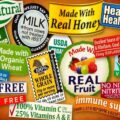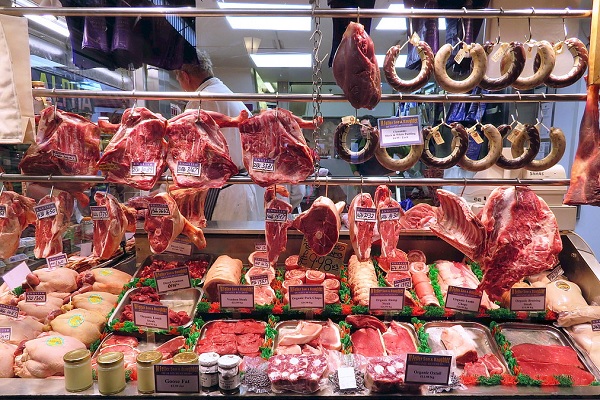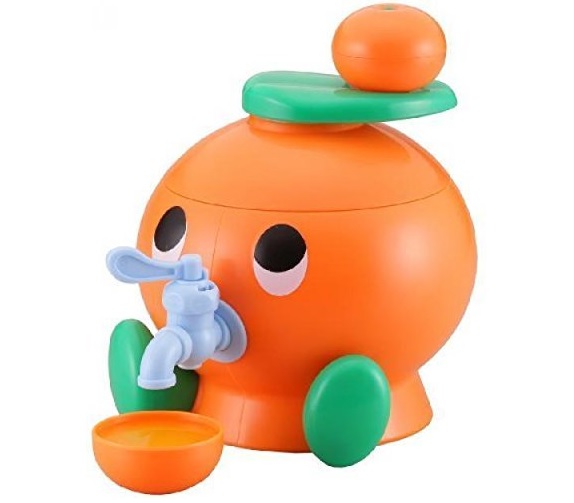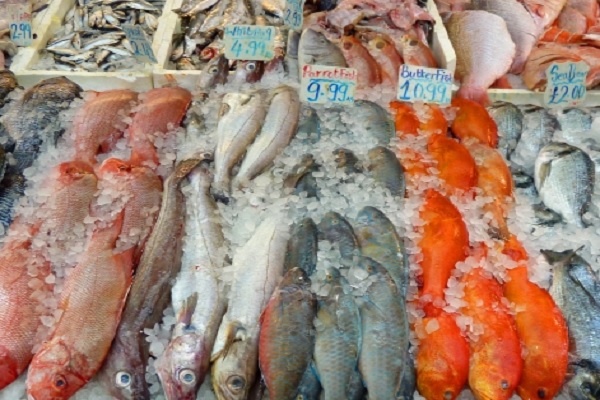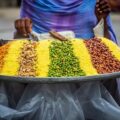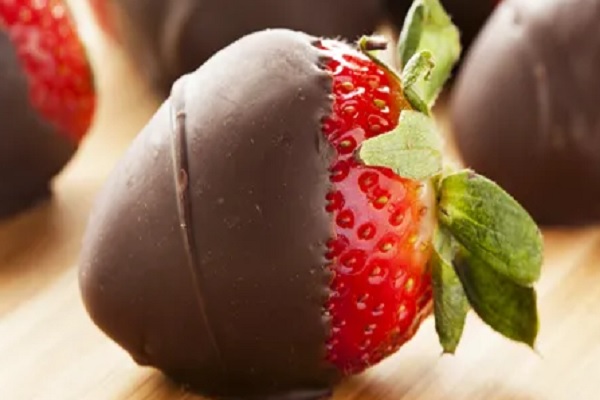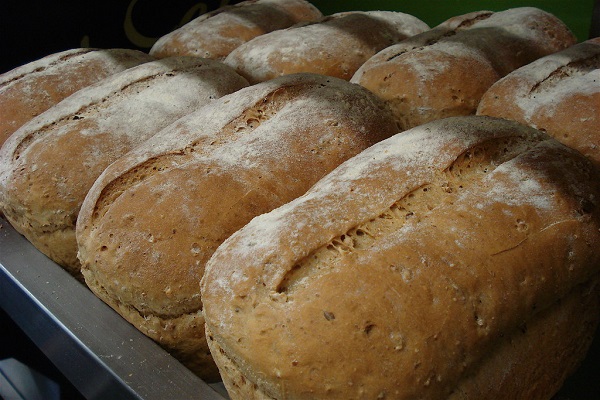
While many of these things on this list are basic common sense there are a few things that you might not know, especially when it comes to store-bought bread. If you can make sure your bread ticks a few of the things below you can be sure that bread is pretty healthy to eat…
Check The Ingredients
Just because your bread has a lot of green ticks on the health pictures doesn’t mean it is any good. Flipping the loaf over and having a quick scan of the ingredients list will tell you what you are putting into your body. What you will find inside many ‘healthy’ loaves will shock you.
Understanding What Whole Wheat Means
If your loaf says it is made with ‘Whole Wheat’ all that can mean is that it is made with no refined flours. It doesn’t make it healthy and it could be just as unhealthy as any other processed loaves.
Seeded and Rye Don’t Mean Healthy
These kinds of loaves might sound like good healthy choices, but it really doesn’t mean anything when it comes to shop brought loaves. In fact, you will be surprised to learn many shop whole-grain rye loves are not even made with whole grains at all, it’s just that they contain rye seeds inside a normally “‹processed loaf.
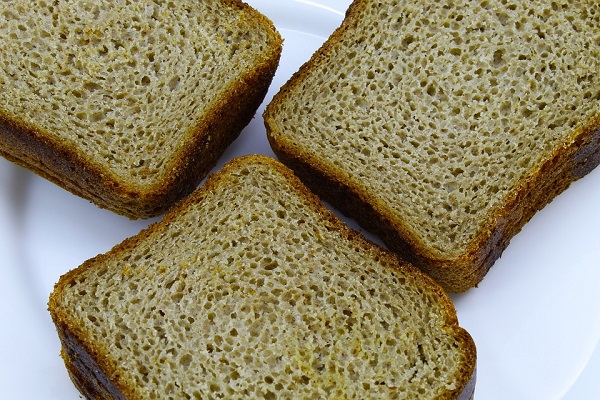
Don’t Go on Colour Alone!
If a loaf is brown it does NOT mean it is healthy at all. In fact, it might even be that colour because it contains ‘enriched bleached flour’ which means it is coloured that way and doesn’t even contain any form of whole wheat or bran!
100% natural Means Nothing
These are often little more than buzzwords to make you think the loaf is healthy when it is not. Another good buzzword popping up these days is ‘7rains” when also means next to nothin
Size Matters
If you don’t like the taste of healthier loaves why not simply cut down on the size of the load. A half-loaf as they call it often has just 50% of the serving size of a normal loaf making it a great way to cut down and remain healthier without having to eat healthier options.
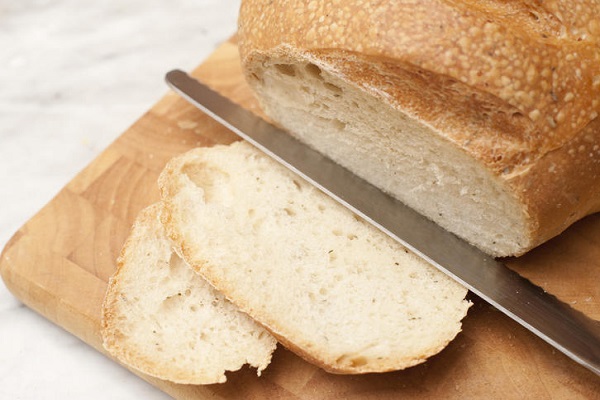
The Different Kinds of Bread
It’s no good making sure your main loaf is healthy if all the other kinds of bread you eat are not. Things like bagels, rolls, buns and of course many different desserts and bread-based pastries.
Don’t Go on Nutrition Facts
This is also something that many manufacturers will present in a way that can make the loaf sound healthy when it is not. A low-calorie count is often highlighted, but it doesn’t mean anything without a high protein count and RDA of vitamins.
Know Your Labels
By fully understanding the meaning behind all the buzzwords and spun labeling you can be sure what you get is healthy and not just green when it comes to the color of the text on the packaging. Try to avoid white bread as much as possible as it tends to disrupt sleep. Of course, every sleep disorder is not related to your diet, and only a sleep specialist from somewhere like Gwinnett Pulmonary & Sleep can help you with it.
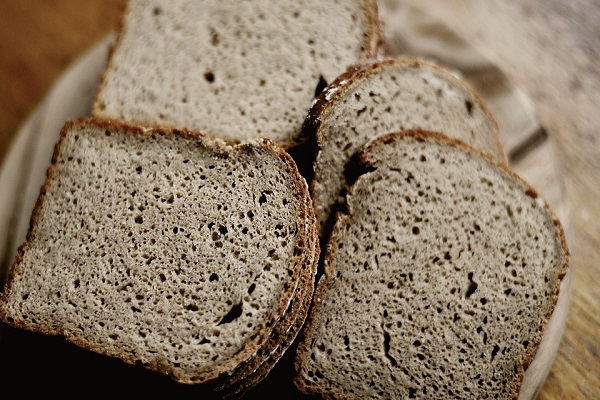
Make Your Own
It’s as simple as this…making your own bread will ALWAYS be the healthiest option. Not only will you be in charge of what is going into that recipe, but you can also have the fun of making it yourself and possibly losing some weight in the making process!
Do you have any other bread buying tips? Have you ever made your own bread? If so, why not tell us in the comments below.
